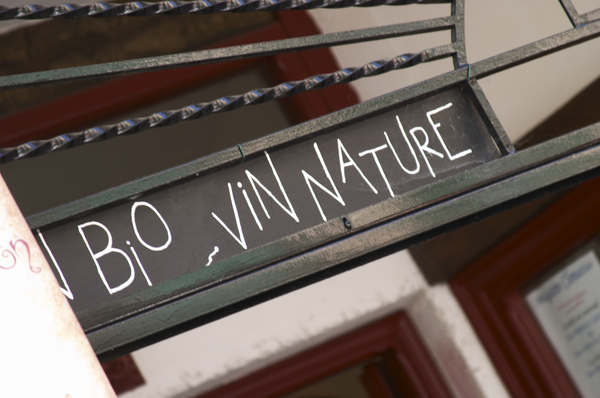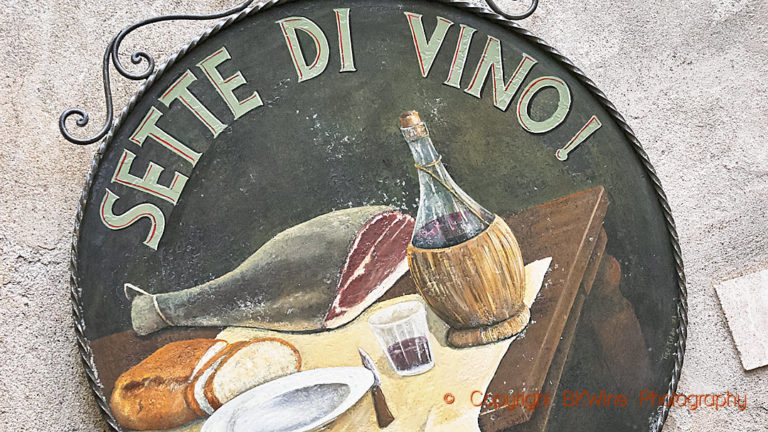In February, I spent a very enjoyable evening in New York with Alice Feiring, the “high priestess” of “natural” wine and author of The Battle for Wine and Love: Or How I Saved the World from Parkerization.
While discussing important things like English and Noo Yawk accents (I’d been watching Goodfellas too much, thought Alice’s friends) and my MCC cricket sweater (“I like your tennis jersey”) we tried several “natural” wines, which, with no official recognition, can be difficult to define. Essentially, as little as possible is added to the wine. Grapes are grown organically or biodynamically and only natural yeasts are used.
Text: Stuart George
Photography: Per Karlsson, BKWine
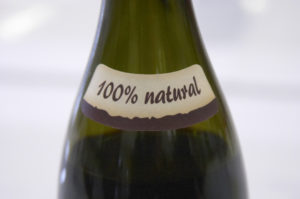
The use of sulphur with natural wines is contentious. In principle, a bare minimum is used but the bravest (some would say most foolish) winemakers don’t use any at all, which makes the wine highly prone to oxidation and microbial growth. Wines like this are unlikely to travel well, as Alice’s tasting proved.
The priestess’s and the congregation’s wines were invariably oxidised and had acidity like a banshee’s wail. Natural as they were, I took no pleasure in drinking them. I like freshness and balance, not decay and a kick in the face. I think of these wines as I do of andouillette – I like the idea more than the reality.
Alice’s view of wine is, “I want them natural and most of all, I want them to speak the truth even if we argue.” I don’t want to argue, either – except with her. Alice and her followers believe emphatically that natural wine = good wine, or, more poetically, truth is beauty. But, on the basis of what we tasted together that night in NYC, this is a fallacy. Just because a wine has used cultured yeasts or sulphur doesn’t mean that it’s bad or that it doesn’t speak the truth. But going natural can be a good thing and one wine in particular remains my benchmark for this genre.
I think of natural wines as I do of andouillette – I like the idea more than the reality.
I had a couple of weeks in South Australia in December – there was a cricket match in Adelaide, apparently – and, once England had done the business at the Adelaide Oval, I made some visits across the State’s wine regions.
While in the Barossa I bumped into Simon Woods, a brilliant writer and taster, a lovely man and a good friend. He told me about a bottle of Torbreck’s 2010 “Natural Wine Project” that he had drunk in Adelaide the other night. It was, he said, “one of the best young Australian reds I’ve ever had”.
After learning of Simon’s enthusiasm for this wine, I bludged a bottle (having asked to buy one, of course) when I went to see Dave Powell at Torbreck. I drank it that evening with my hosts Joch Bosworth and Louise Hemsley-Smith of Battle of Bosworth wines in McLaren Vale. Of all the wines I bludged that week – and that includes stuff from Bob McLean, Shaw + Smith and Penfolds – this was the one that we enjoyed the most. It was full of clean, juicy, ripe fruit that made it immensely moreish and drinkable. If Bozzy and Hems like it, then it must be good.
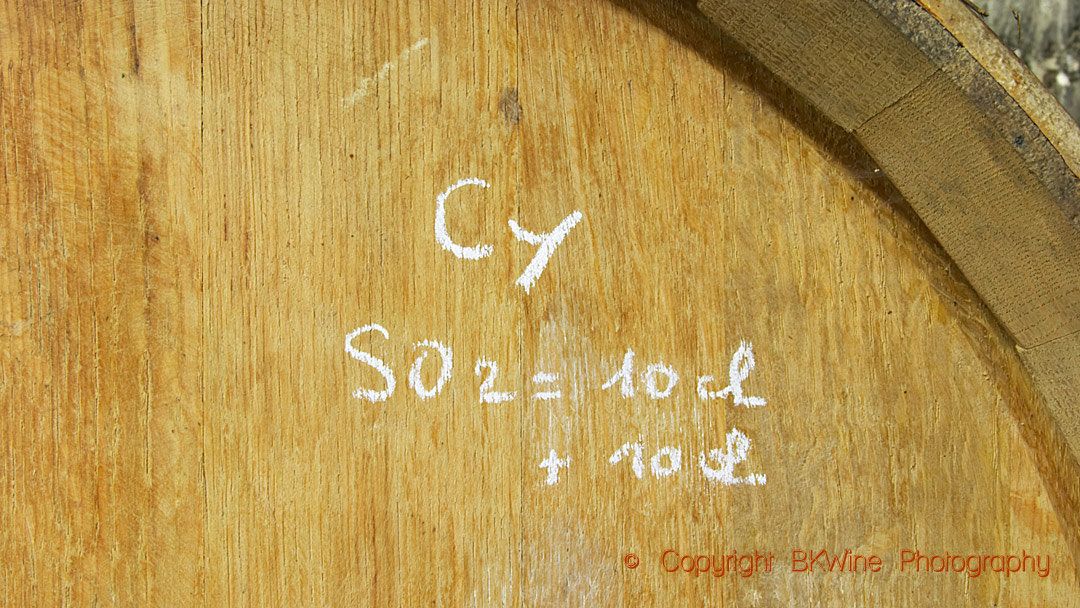
The Torbreck “Natural Wine Project” began when, as Powell puts it, “after talking and drinking and talking and drinking we decided to have a go at producing a ‘natural wine’.” He believes, “The resultant wines can be fabulous or faulty but I will say that the best and most interesting wines that I have had in almost every category of wine have been made as naturally as possible.”
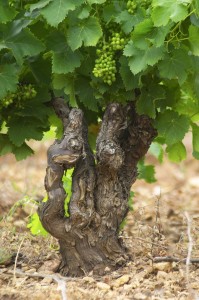
Torbreck’s wine is made from a Grenache vineyard planted in 2002 (with some older vines that have been in situ since 1960) adjacent to Powell’s house on Roennfeldt Road in Marananga, halfway between Tanunda and Nuriootpa. Although not certified as such, it is farmed organically.
The 2010’s label is starkly factual: “Harvested: 7th April 2010. Bottled: August 2010. Best by: 7th April 2012. Hand harvested Grenache, fermented and bottled using no artificial yeast, acid, chemicals, preservatives or sulphur. Bottled unfiltered. Please store this wine in a cool dark place.” I cannot recall seeing such a specific drink-by date on a bottle of wine, though I’m sure that drinking the wine on 8th April 2012 will not cause any fatalities.
Powell was “nervous” about sending his wine much further than the end of Roennfeldt Road. Torbreck winemaker Craig Isbel explains, “We are distributing this wine only in Australia. We do not want to ship the wine across the world due to Quality Control. The wine is stable but, because it has no sulphur, if it were to sit on a hot dock or get exposed to variant temperatures then oxidation and so on are risk factors, which we want to minimize at distribution. So the limited 350-case production is targeted to the on-trade across Australia.”
Powell was “nervous” about sending his wine much further than the end of Roennfeldt Road.
The Natural Wine Project is very redolent of the early days of Torbreck, when it was based in a 120-year old shed that today is called the “old” winery. Next-door to this now stands the $8.5 million “new”, 100,000-case capacity winery completed in mid-2008. A 350-case natural wine project in this setting has an incongruous feel to it, like a blacksmith wearing a white silk apron.
Dave Powell is intensely loyal to the Barossa and constantly champions its viticultural resources: “We have the oldest living vineyards in the world. If they were in the Old World, they’d be Grand Cru… If you can’t make good wine here, you shouldn’t be doing this.” Torbreck’s Natural Wine Project is the most authentic expression possible of this great Australian wine region and a fine example of how to make natural wine that is – Alice and congregation please note – a good drink.
Text: Stuart George, www.stuartgeorge.com
Photography: Per Karlsson, BKWine
Stuart George is one of the contributors to BKWine Magazine. Read more of his articles by clicking on his name at the top of the page.
